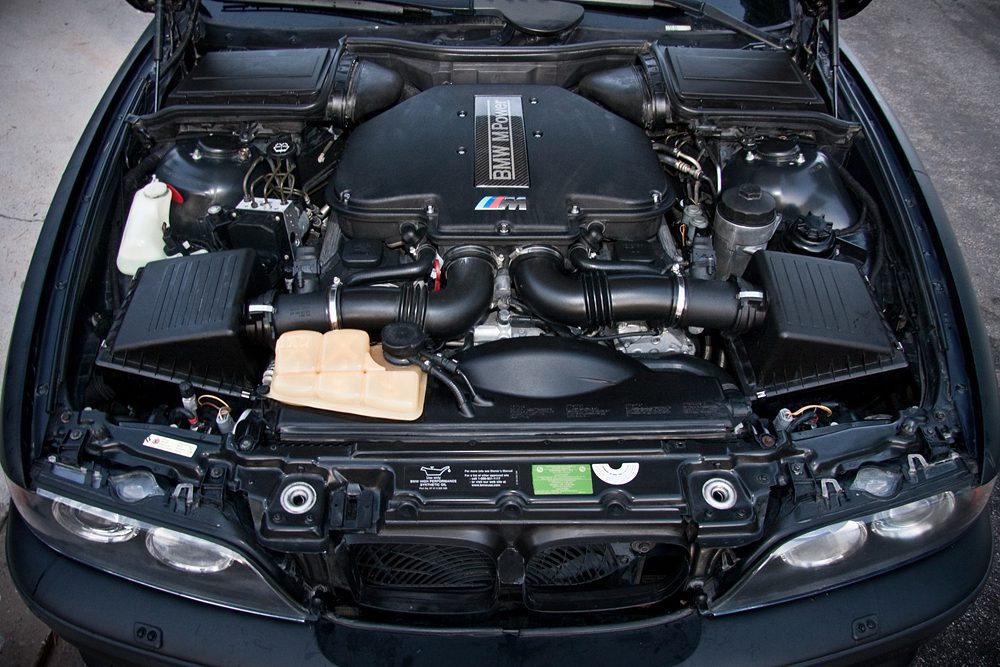Discovering the Inner Functions of a Compact Vehicle's Engine System
As drivers, we commonly take for granted the complex procedures that occur within the confines of our lorry's engine system. In this exploration of a portable vehicle's engine system, we will decipher the internal operations of this mechanical symphony, shedding light on the secrets that drive us onward on our everyday trips.
Combustion Process Introduction
The burning procedure in a compact car's engine system is an essential mechanism that efficiently converts fuel into energy to power the automobile. This procedure takes place within the burning chamber of the engine, where fuel and air mix, fire up, and create regulated explosions. The combustion procedure contains 4 major stages: intake, power, exhaust, and compression.
Throughout the intake phase, the piston moves downward, attracting a mix of air and gas into the burning chamber. The next phase, compression, involves the piston relocating upward, pressing the air-fuel combination to enhance its potency. Consequently, in the power phase, the stimulate plug ignites the pressed blend, resulting in a rapid growth of gases that compels the piston pull back. This descending movement produces the power needed to drive the lorry. In the exhaust phase, the burned gases are gotten rid of from the burning chamber through the exhaust valve, preparing the chamber for the following cycle. This cyclic combustion procedure is basic to the operation of a small vehicle's engine system, guaranteeing reliable energy conversion for propulsion.
Piston and Cyndrical Tube Interaction

The piston's specific fit within the cyndrical tube is essential for preserving ideal compression and stopping energy loss during combustion. Tight clearances between the piston and cylinder walls ensure efficient sealing, allowing the piston to relocate efficiently without permitting gases to leakage past. Correct lubrication is additionally crucial to minimize friction and wear in between these parts, boosting durability and performance.
Additionally, the design and materials used in making the piston and cylinder influence engine performance and longevity. Modern engines usually use light-weight yet sturdy products like aluminum alloys for pistons and cylinder linings to decrease inertia and enhance thermal performance. In general, the harmonious communication in between the piston and cylinder is essential to the engine's capability and general efficiency.
Fuel Injection System Capability
Fuel shot systems in compact lorry engines play an essential function in precisely supplying gas to the combustion chamber for regulated and efficient ignition. The gas injection system operates by infusing fuel into the burning chamber at the ideal minute throughout the engine's operation (opel corsa engine). This specific timing guarantees that the gas mixes evenly with the air for appropriate combustion, bring about enhanced gas effectiveness and minimized discharges
There are largely two kinds of fuel injection systems made use of in compact car engines: port gas shot (PFI) and direct fuel shot (DFI) PFI systems infuse fuel right into the intake port prior to the consumption valve, while DFI systems infuse fuel directly right into the burning chamber. Both systems have their benefits, with DFI providing far better gas atomization and PFI giving a more economical solution.
Comprehending Engine Air Conditioning Mechanisms
Effective procedure of a small car's engine counts heavily on the efficiency of its cooling devices. The cooling system in a portable automobile generally consists of a number of elements Source functioning with each other to regulate the engine temperature. Comprehending these engine cooling devices is important for maintaining the efficiency and long life of a portable vehicle's engine system.

Exhaust System Components Explained
The ideal functioning of a portable car's engine air conditioning mechanisms depends on a corresponding system understood as the exhaust system, which comprises different important parts for ensuring efficient discharges and engine performance. The exhaust manifold accumulates exhaust gases from the engine's paths and cyndrical tubes them to the catalytic converter.
One critical part of the exhaust system is the oxygen sensor, which keeps track of the oxygen degrees in the exhaust gases to help control fuel usage why not try this out and guarantee ideal engine efficiency. opel corsa engine. Furthermore, the resonator might be existing in some exhaust systems to reduce noise degrees. On the whole, the exhaust system plays an essential duty in maintaining engine performance, decreasing harmful emissions, and making sure a quieter driving experience for compact automobile owners

Verdict
To conclude, the portable vehicle's engine system is an intricate combination of elements that interact to assist in the burning procedure, convert fuel right into power, and eliminate waste gases. Comprehending the internal operations of the engine system, consisting of the piston and cyndrical tube communication, gas injection system, engine cooling devices, and exhaust system components, is critical for maintaining optimum performance and effectiveness of the car.
The combustion process in a compact lorry's engine system is an essential system that successfully converts fuel into energy to power the lorry.Gas injection systems in compact vehicle engines play a critical duty in specifically supplying gas to the combustion chamber for reliable and controlled ignition.There are primarily 2 kinds of fuel shot systems utilized in portable automobile engines: port gas injection (PFI) and direct fuel injection (DFI) Understanding these engine cooling systems is essential for maintaining the efficiency and long life of a small lorry's engine system.
The optimum performance of a small lorry's engine air conditioning devices depends on a corresponding system recognized as the exhaust system, which makes view up various essential components for ensuring efficient exhausts and engine efficiency.